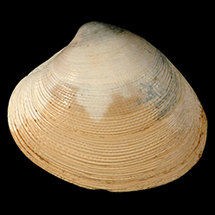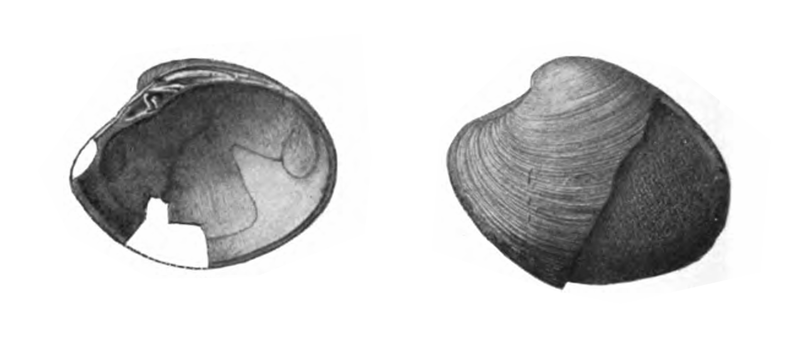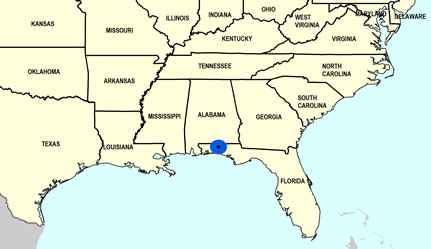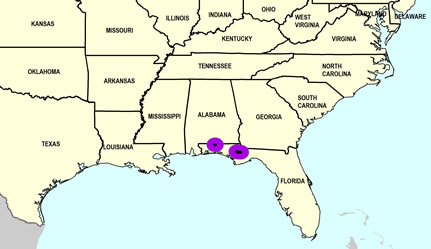
Callocardia prosayana

- Phylum: Mollusca
- Class: Bivalvia
- Order: Imparidentia
- Family: Veneridae
- Genus: Callocardia
- Species: Callocardia prosayana (Gardner, 1926)
Geological Range
Early to Middle Miocene; Extinct.
Paleogeographic Distribution
Northern Florida.
Remarks
Original Description (from Gardner, 1926, p. 162):
"Shell rather large and thick but very fragile, transversely ovate-trigonal in outline, strongly inflated. Umbones very full, involute, the tips acute and prosogyrate. Lunule large, cordate, circumscribed by a shallow impressed line. Escutcheon not defined. Anterior extremity of shell rostrate; posterior dorsal margin gently declining, feebly arcuate; posterior lateral margin obtusely truncate; base line quite strongly arcuate. Earlier stages of shell smooth or faintly striated concentrically; adult finely and closely wrinkled concentrically away from the umbones, the sculpture carried across the lunule, though with diminished prominence. Ligament lodged in a deep and angular groove; hinge normal but very delicate, the teeth exceedingly thin and fragile; right anterior and medial cardinals laminar, the inner surfaces flattened and opposing; posterior cardinal mesially sulcate; anterior and medial cardinals of left valve uniting to form an acute V, anteriorly inclined; posterior cardinal laminar, very delicate; anterior lateral short, comparatively slender, dentiform. Adductor scars distinct; anterior adductor small, crescentic, set rather close to the outer margin; posterior adductor scar larger but not so distinct. Pallial line distant from the base; pallial sinus rather short but very broad, steeply ascending, the apical angle not far from 60°. Inner margins smooth.
Dimensions: Right valve: Altitude, 29.0 millimeters; latitude, 35.5 millimeters; semidiameter, 12.0 millimeters. Left valve: Altitude, 30.0 millimeters; latitude, 38.5 millimeters; diameter of double valves, 23.1 millimeters.
Cotypes: U. S. Nat. Mus. No. 352547.
Type locality: No. 3856, 6 miles west-northwest of Mossyhead, Walton County, Fla.
Callocardia prosayana Gardner, n. sp., follows much the same range of variation in size and relative dimensions as the later Miocene species, but the shell is more inflated, the umbones more strongly involute, the anterior extremity more produced, and the hinge more delicate. Callocardia prosayana s. s. runs larger and heavier than the subspecies C. prosayana dodona, and the pitting of the external surface which characterizes the Oak Grove form is less strongly and less uniformly developed. Apparently this peculiarity of sculpture begins earlier in the Shoal River race but does not persist through the adult stages."
To access this description in its original formatting through the Google Books, click here.
Stratigraphic Occurrences
- Middle Miocene
- Shoal River Formation (N. FL)
- Early Miocene
- Chipola Formation (N. FL)
- Oak Grove Sand (N. FL)



